What a great indoor season, everyone really happy with themselves; PBs broken and new ground for most, everything and everyone on a high. That’s where we were as a squad in February.
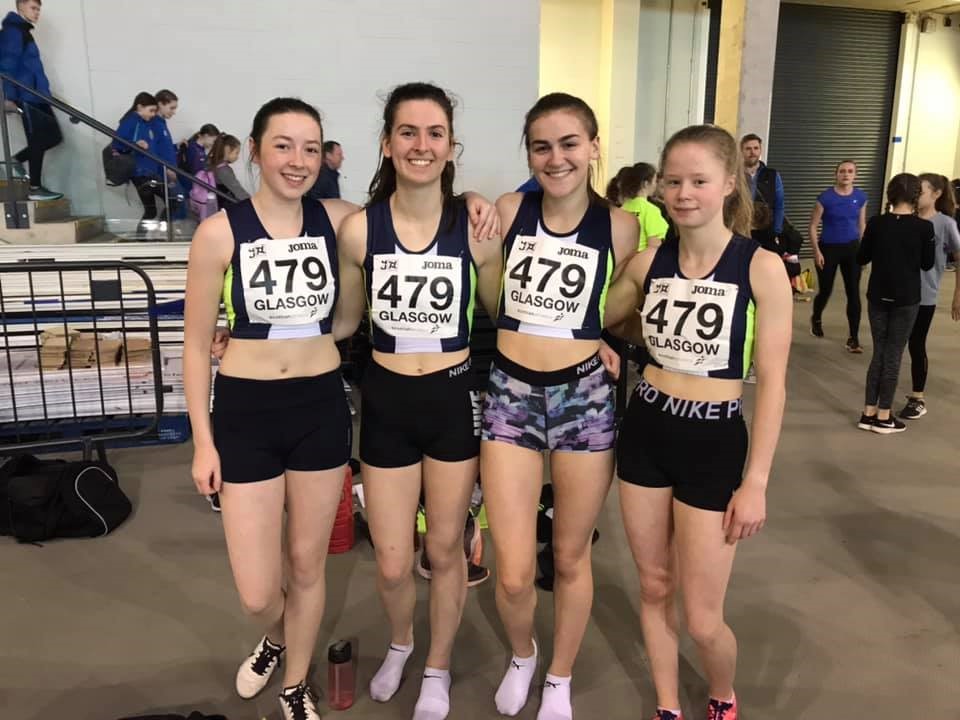
Like everyone else, the sport as we knew it was halted and life as we knew it suddenly changed. Covid was the new word of the day and suddenly Coach Paul had to take stock and work out how to keep the athletes spirits up and how to keep them fit.
Lockdown – Routine and Sanity
Phase 1 of the plan was to give the athletes some routine. Focus was taken away from specifics to instead looking at the training each individual could do within their home boundaries without breaking the rules set out for all. It had to be something everyone could manage on their own, or if they were lucky, with a collaborative sibling. Sprinting was not on the agenda, but instead more general fitness work. We added what was to be known as the “sanity sessions” – Cycle, jog, walk; anything that meant regularly moving and keeping the spirits up. Lampposts were the new markers; running from one to the next with recovery to the next (Fartlek). Hills of any description that could be run up and down.

Add to this the normal club evenings times which were replaced with a live club workout led by Coach Paul and daughter Faye.
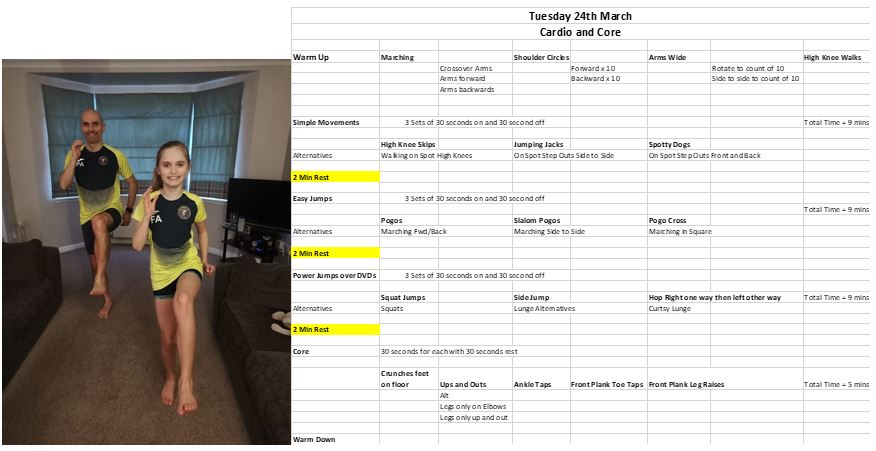
These became so popular, not just amongst the club, but throughout the Athletics Community, with other clubs promoting it and joining in too and we reached and as far as the US.
With regular WhatsApp messages encouraging each other in the group, each athlete knew the others were doing the sessions and this gave us momentum. May and Phase 2 for training came along and the chance to be a bit more specific with sessions, but keeping it still focussed on work that could be done solo. Changing from having runs for distance, for example 150m reps, this was changed to running for time, for example 20 second reps. Any suitable venue was used from grass tracks at local schools, blaze tracks, football pitches anything which was good underfoot.
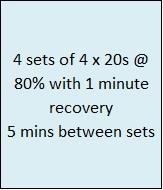
Adding in more speed focussed hills…

…and some plyometric work
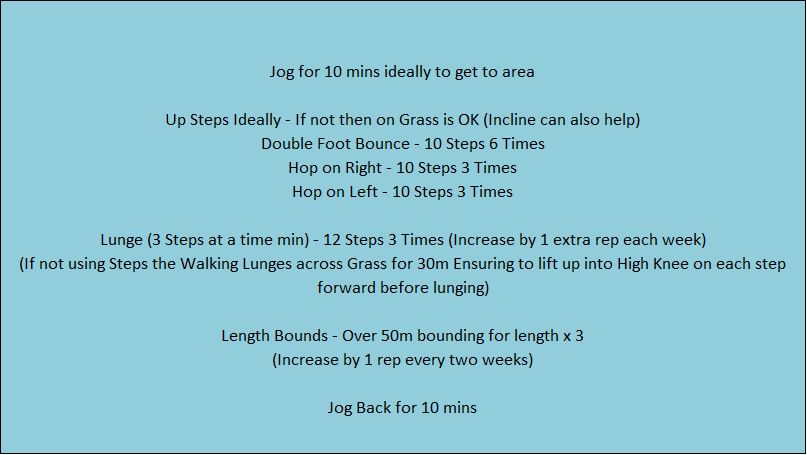
All still within reach of the athletes’ houses.
Club Workouts continued as we were into Week 7
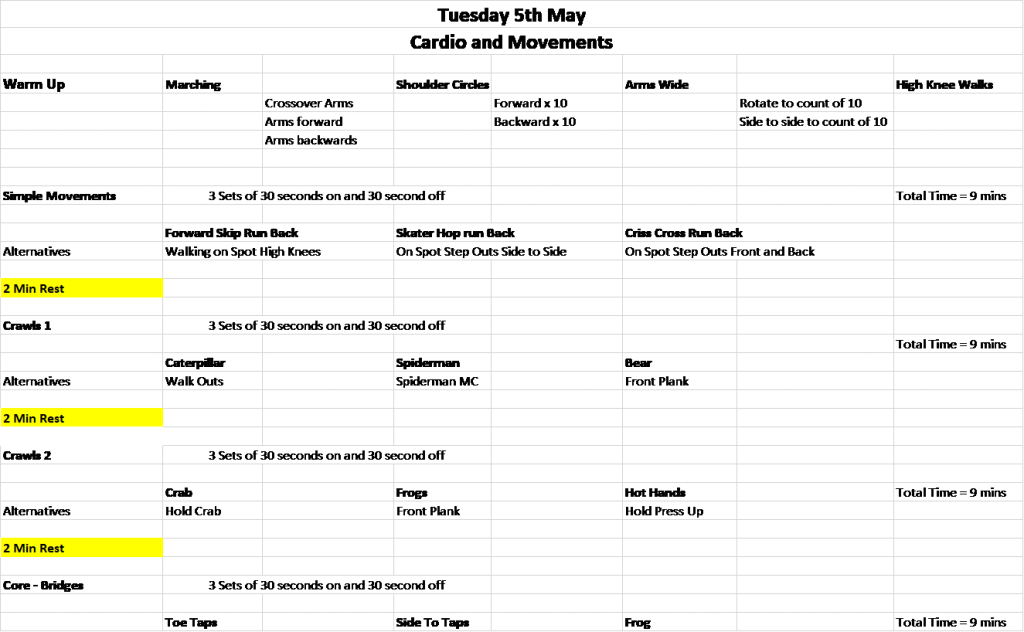
June and we could finally have some small training together. With a restriction of only three households, meaning only the coach and two others could meet up in a day.


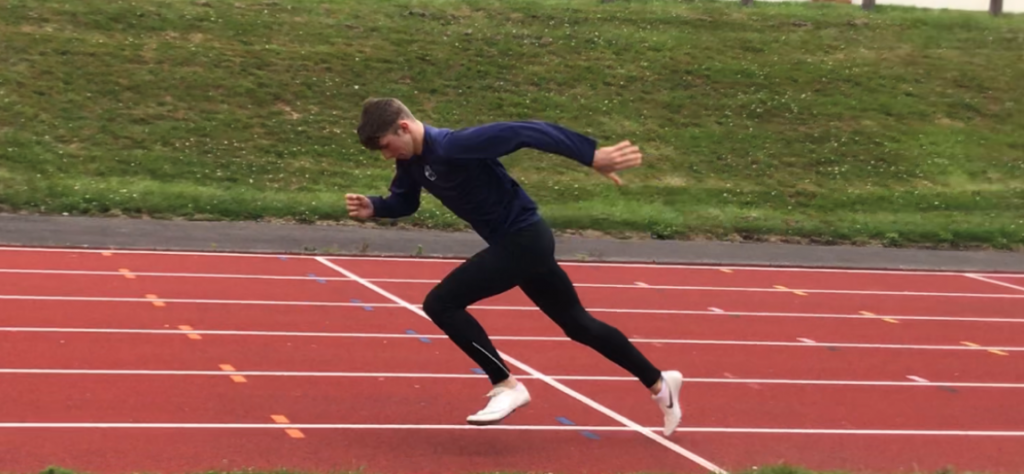
Two sessions of the week were now sprint focussed, one longer sprint session and one short one to work the acceleration and get sharper. Still not distance focussed but time focussed. This was found to be easier when running on non-marked tracks
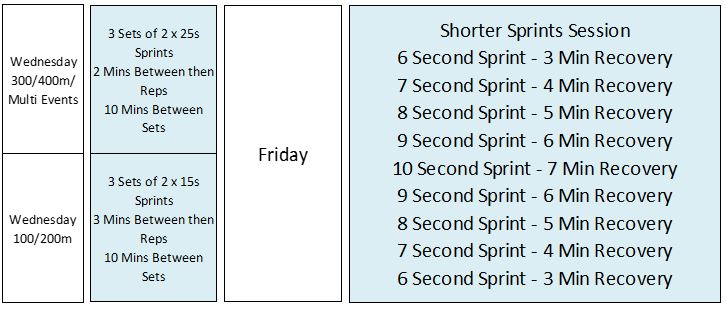
The Plyometric session was still in there as well as the Club Live Workouts which had reached week 12…
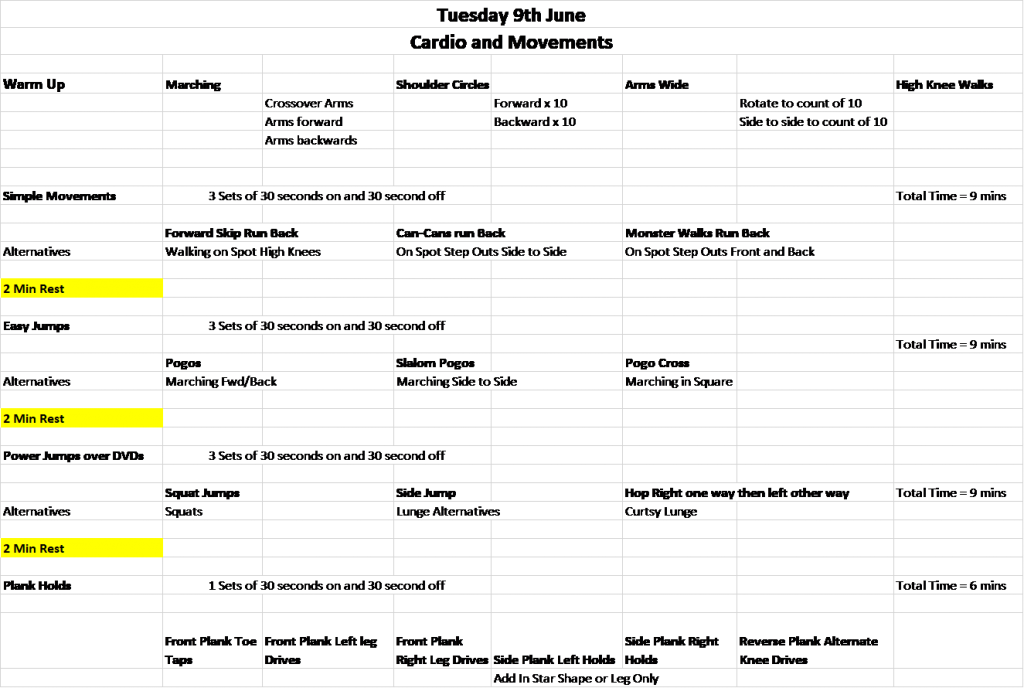
July and the next step forward; back having some group sessions at the track. Adhering to the social distancing rules meant picking times where there would be limited numbers at the venue.
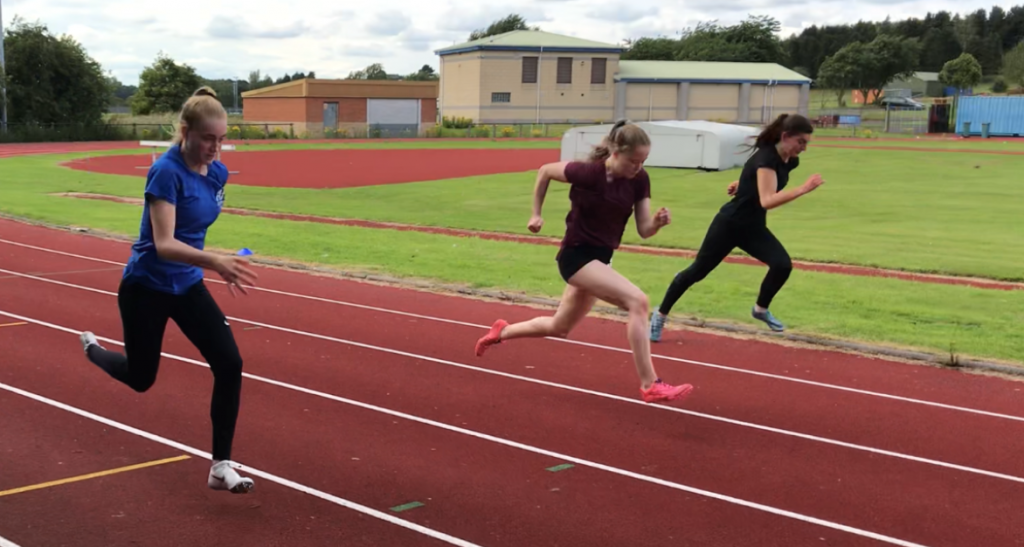
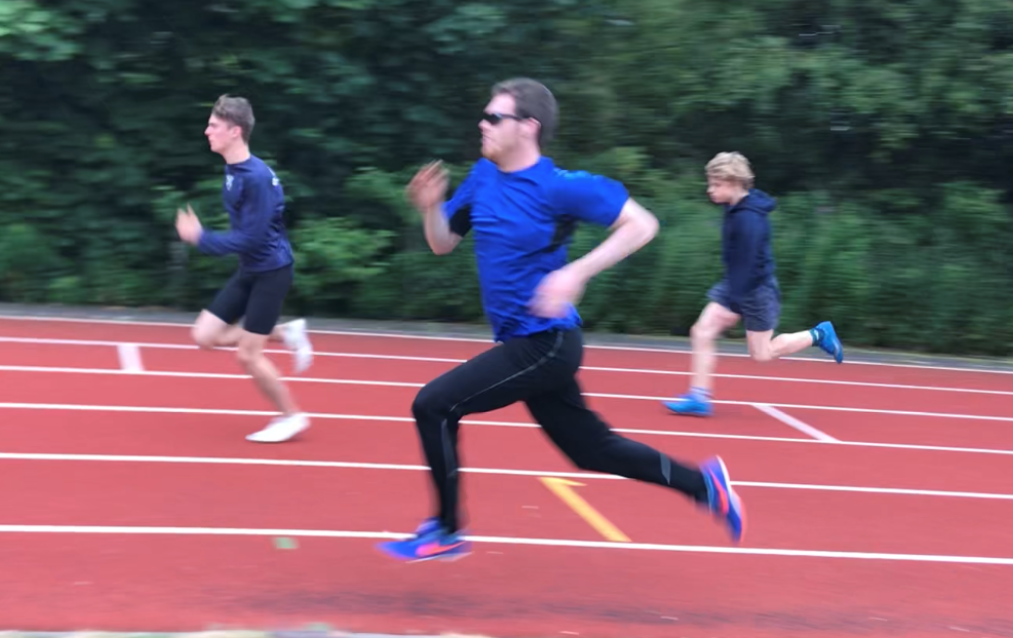
Despite being on the track, success was being had with continuing to run for time. This concept is great, athletes get so worked up about the markings and where they should be as they run per rep as well as slowing down with 5m to go to the end of reps, running for time takes all that away.
Starting at any point on the track (randomly selected) and having to run till coach shouts stop meant no slacking off at the end. Much better return was being had per rep. With being able to be on the same track even with two lanes apart it was working to push each other on.
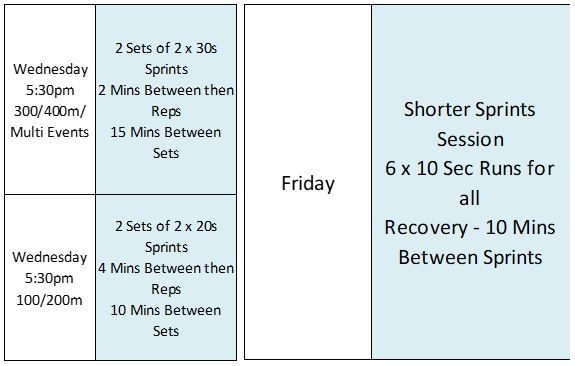
With the hope of some competition being back in sight in early August, there was a switch half-way through this block to run for distance. We practised the 60m and 150m race distances that were on offer by Scottish Athletics. With also being back at the venue we could bring in some focus for our jumpers and multi-eventers on some more plyometrics and jumps (not into the pit or mats as these were not open).
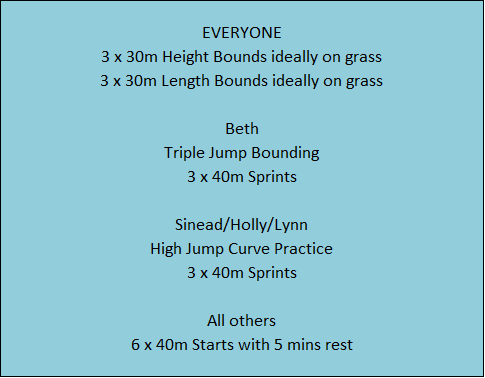
The Club Live Workouts had come to an end after 16 weeks. It was fun, but nobody expected they would be on for that long. However, it didn’t end for the group as we continued them ourselves to keep the movements, core and strength up
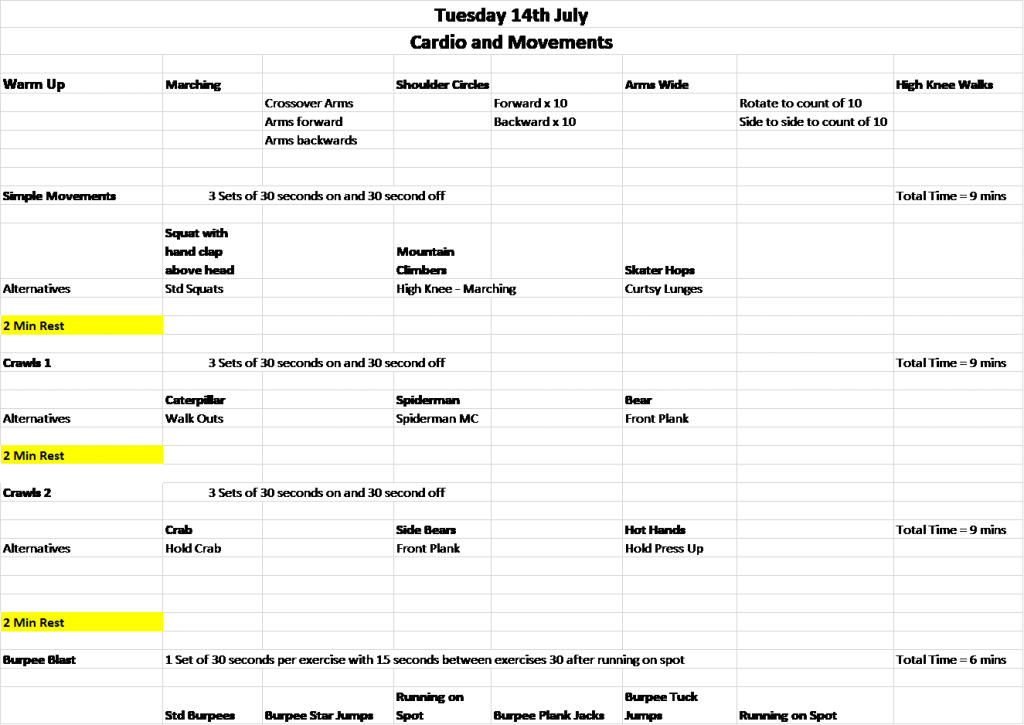
Sadly, the early August competition didn’t get granted the go-ahead and was moved to 22nd and 23rd of August (where we are now).
So, where are we now? Well the Pitreavie track is officially opened for use again. This was a big step forward but brought plenty of other challenges. We now have a 1 hour time slot on Tuesdays and Thursdays to get the session done; warm ups are completed early to be ready for the slot. Everything has to be focussed and no time lost. Weekend session can be more relaxed as we pick a quiet time away from others and yes, we have competitions.

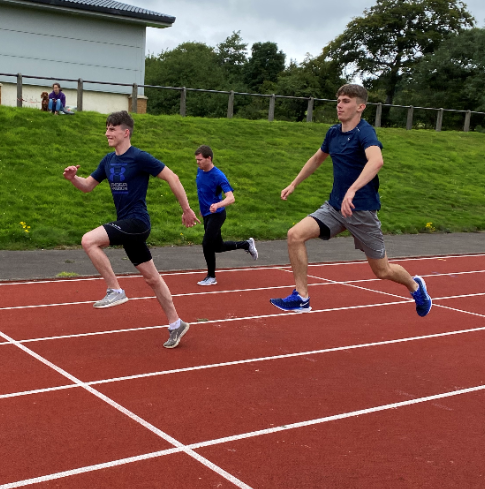
The sessions are based for racing as we have the potential of four weekends in a row to race.
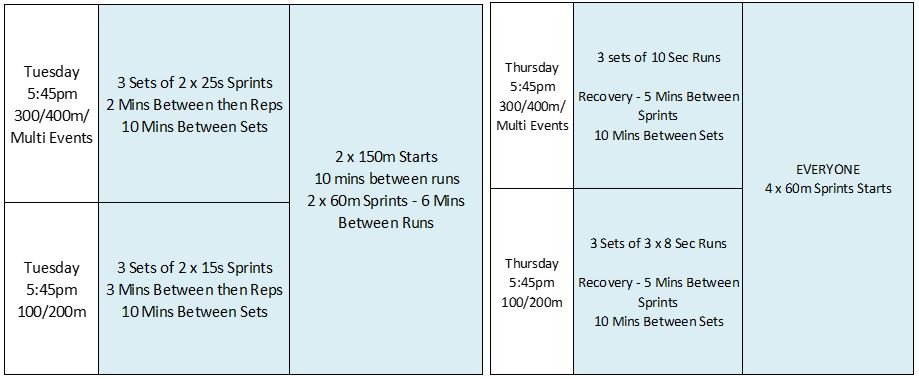
We still have workouts, and we still have plyometric sessions if not racing at the weekends.
These open races are all about enjoyment coming up, be back in a competition arena and enjoy the buzz of being there. Yes, it will be much different, only 3 per race on the track with lane gaps, face masks everywhere when not warming up or racing, hand sanitising the new norm. But it is competition and it may be competition as we will now know it for a while. We can take part knowing we have done an amazing job to be ready to race again.


The most impressive factor through all of this has been the willingness of the athletes to keep the routine to keep their self-motivation and to not give up on themselves. To reach this stage in shape to race is testament to their drive and passion as athletes, hats off to them and their families for encouraging them to keep going even when it was tough during the many long weeks of lockdown.








